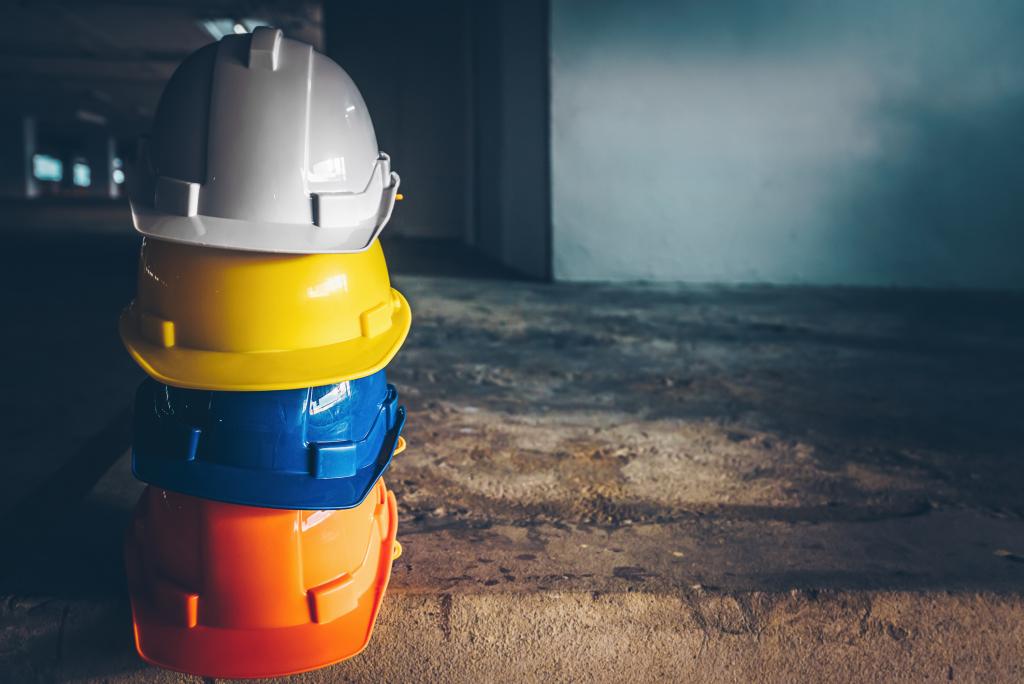
The Building Safety Act (BSA) was brought into force to improve safety in construction and management of high rise buildings. The issues that the BSA hoped to address include the following:
- Confusing / inadequate Building Regs
- Inadequate enforcement by Building Control
- Insufficient engagement in safety by developer / landlord / managers
- Insufficient focus on fire safety at design phase
- Clarity about who should pay
The BSA has sorted some of the problems but it has also created problems of its own.
The BSA received Royal Assent on 28 April 2022 but the provisions within the Act will come into force in stages over an expected period of 2-18 months.
Building Regulations
The BSA has introduced new duties to ensure compliance with Building Regulations. This includes new roles of Principal Designer (PD) and Principal Contractor (PC) for Building Regulations. This is not to be confused with the similarly named roles for CDM. Whilst the same parties may hold PD/PC roles for both Building Regulations and CDM, the duties are separate and involve different responsibilities and skillsets. The main responsibility for a developer is to ensure that the parties that hold the PD/PC posts have the relevant levels of competency to fulfil the role(s).
Golden Thread
The BSA introduces 3 ‘Gateways’ into the development process for higher-risk residential buildings. Each Gateway requires those involved in the development to consider building safety issues.
Gateway 1 – Planning permission stage
BSR is now a statutory consultee that will review planning applications for higher risk buildings.
Gateway 2 – Prior to construction
Duty holder must provide BSR with full design intentions in respect of building safety. No works can commence until BSR has approved.
Gateway 3 – Completion
Duty holder must provide all as-built drawings, O+M manuals H+S file to BSR.
The BSR will issue a completion certificate and register the building. It cannot be occupied until this has happened.
Changes to Defective Premises Act
The BSA introduces changes to the Defective Premises Act.
The DPA imposes a duty
….on anyone involved in the provision of a new dwelling
….to ensure that work is done in a professional / workmanlike manner
….so that the dwelling is fit for habitation
Any owner of a dwelling (not just the first owner) can bring a claim againt anyone involved in the construction (not just the builder/developer).
The biggest change is the extension of the limitation period for bringing claims to 30 years (retrospectively) or 15 years (going forward) – previously such claims were time barred after 6 years. This means that anyone involved in the design or construction of a dwelling since 1992 could be liable for latent defects. Note – this relates to any defect not just fire safety defects.
The BSA also increased the scope of the DPA so that it now applies to work carried out to convert existing buildings to dwellings and to extensions.
New Homes Ombudsman
The BSA sets out a framework for a New Homes Ombudsman Scheme. A form of the Scheme is already in place but it will be placed on a statutory footing in the next 12-18 months.
Its aim is to provide a forum for owners of newly built homes to seek redress against developers and builders.
Developers must register and remain members of the Scheme.
It introduces a code of practice that developers must abide by.
The Ombudsman will have powers to investigate and impose sanctions on developers.
If a developer is not registered then they cannot sell properties.
The BSA also introduces a requirement for all homes to have a 15 year new home warranty.
Important terms
- Higher risk building – at least 7 storeys or 18m and containing 2 or more dwellings
- Relevant building – at least 5 storeys or 11m and containing 2 or more dwellings
- Qualifying lease – long lease, principal home, own no more than 3 dwellings in UK
- Relevant defect – any defect that creates a building safety risk (spread of fire or risk of collapse)
If you have any further enquiries regarding the BSA, please feel free to contact our Construction team we would be happy to help.
